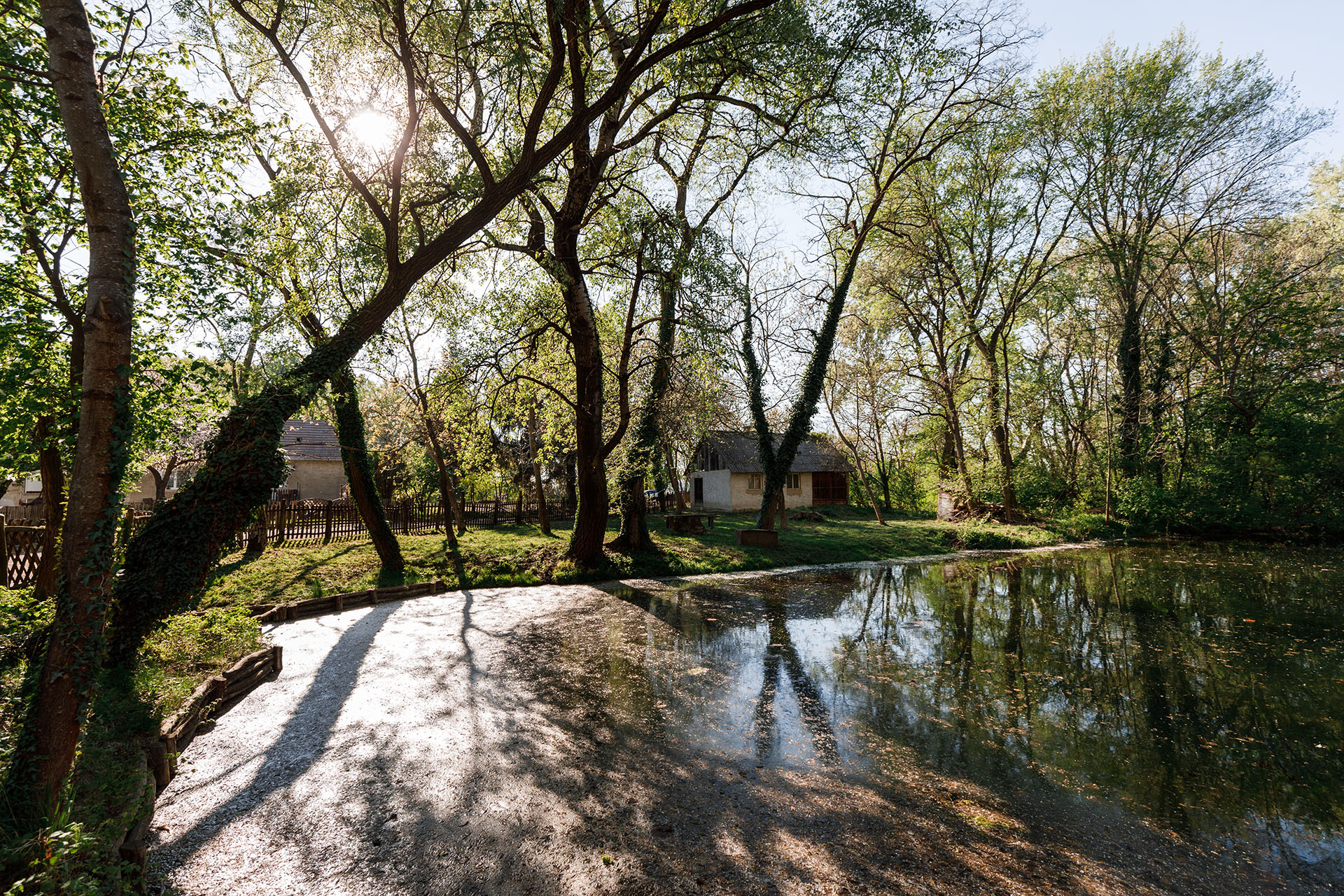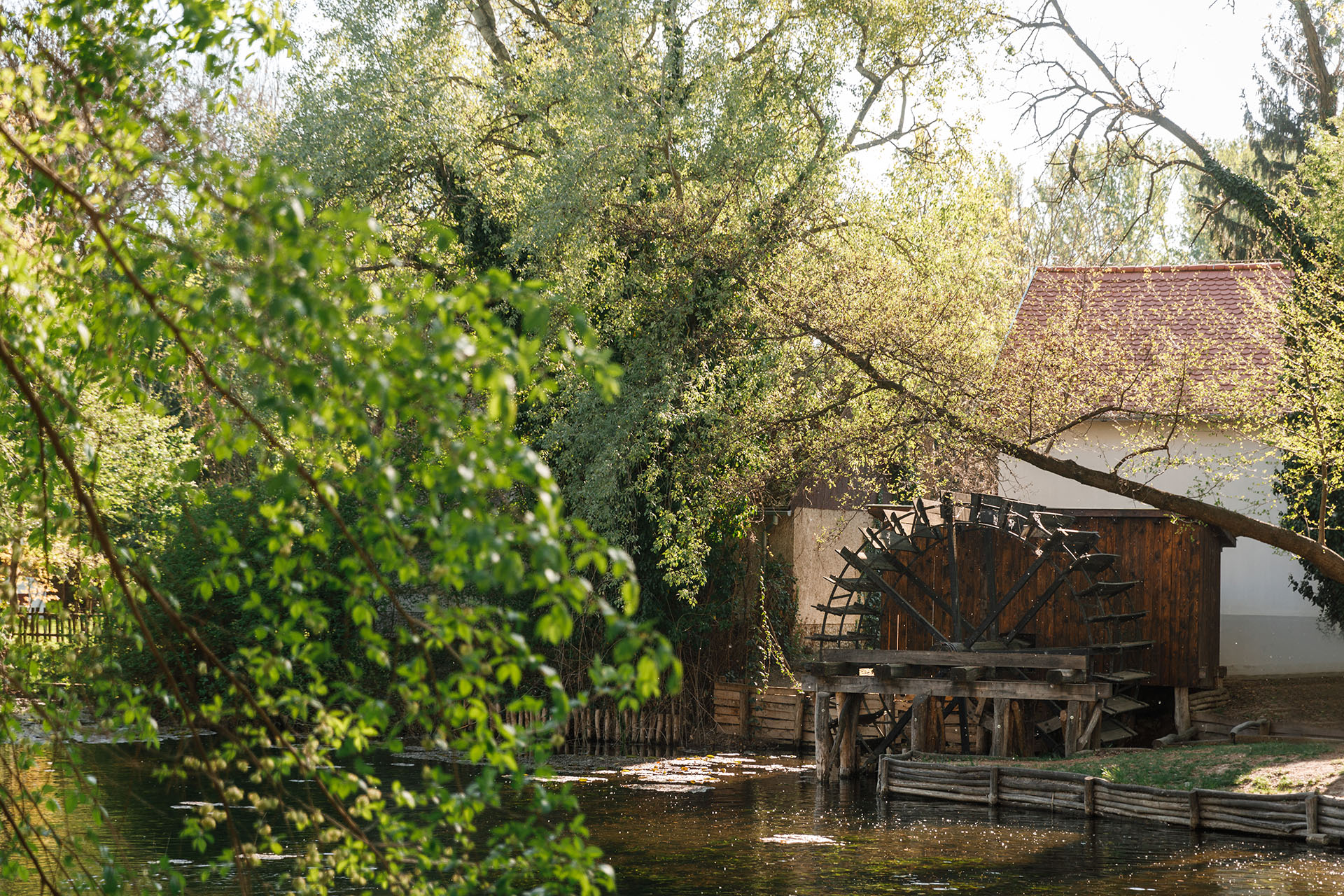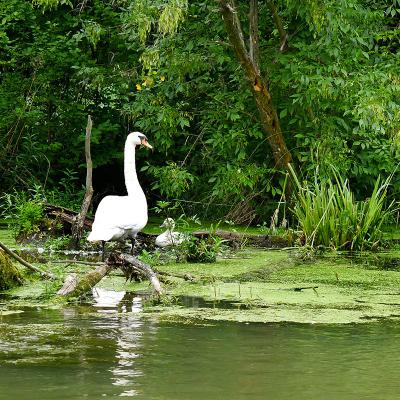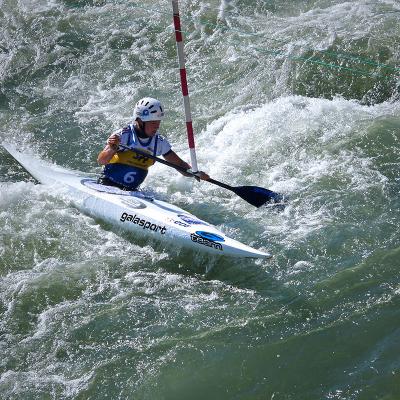Flora and fauna of thousands of islands
The Dunajské luhy nature preserve is also a major habitat for aquatic birds. Rare species of birds, such as the white-tailed eagle, the little egret and the purple heron appear there regularly. Therefore, the location is included among IBA globally important bird habitats.
Dunajské Luhy nature reserve
The Dunajské luhy nature reserve is the newest of 14 nature reserves in Slovakia. It is located in the southern part of Žitný Island and corresponds to the old riverbed of the Danube. The area consists of five separate parts of the Danube valley, which stretches from Bratislava in the river flow direction to the border with Hungary and Velkoléský Island in Komárno District. The area is spread across three regions, Bratislava, Trnava and Nitra. It has a total area of 122.84 km2 of flood areas, wetlands and various bodies of water, such as lakes, ponds and streams.


Ostrov orliaka morského
The subject of protection is as follows: The territory is currently one of the last remaining natural habitats of regularly flooded Danube meadow forests as well as a habitat for rare and endangered plant and animal species.
Ostrovné lúčky
It is located in the Bratislava V District in the Bratislava Region. The territory was declared or its status was updated in 1988 with an area of 54.9300 ha. The protected zone has not been designated.
The subject of protection is as follows: The protected territory has been established for protection of rare flora, preserved forest habitat and the meadow forest of the Sub-Danube Lowlands.
The area is 9,157 hectares, approximately 20% of the area of Szigetköz, of which 1,325 hectares are highly protected. The protected territory consists of two larger and a few smaller mosaic units. These are specified in Sérfenyoszigetto, a bear species is protected, and Moson-Dunaj and adjacent forests are the protected Kunsziegetig Rajka. The mosaic areas are located in Dunakiliti, Feketeerdo , Halászi , Dunasziget, Lipót and Dunaszeg.
Szigetköz
In the slower waters and moraines which are cut off from the Danube branches, there are floating and rooted beds of seaweed (Lemnetalia, Hydrocharietalia and Potamogetonetalia). In the shallow waters and along the banks, there are canes and highlands. The Danube features islands, regularly drying ponds, revolving branches, and cultivation of important water birds and feed for various water species of plants.
The most represented fauna in aquatic species can be found in Szigetköz. About 80% of domestic species are located in fish fauna. There is life in originally clear mountain stream (Salmo trutto fario), along with protected swamps and marshes.
Nearly all domestic species of amphibians can be found here.

The nature reserve of Cícovské mrtve rameno is part of Cícovské luhy, a territory of European importance. It is one of the most valuable nature locations in the Danube region and is considered the pearl of Žitný Island. It currently represents the most preserved dead arm of the Danube outside of its floodplain area. This makes it unique. This former main flow of the Danube was cut off during 1830 to 1840 to facilitate steamboat traffic. The average depth of the water in the arm is about 3 m.
Číčovské mŕtve rameno


Klátovské rameno does neither originates from nor branches away from another flow and flows from ground water behind the municipality of Orechová Potôn - Lúky, which makes it very pure. On the top section, Klátovské rameno lacks a related water surface, and it only consists of lakes with abundant vegetation along the banks. The water depth ranges from a few centimetres to 5 m.
Klátovské rameno












